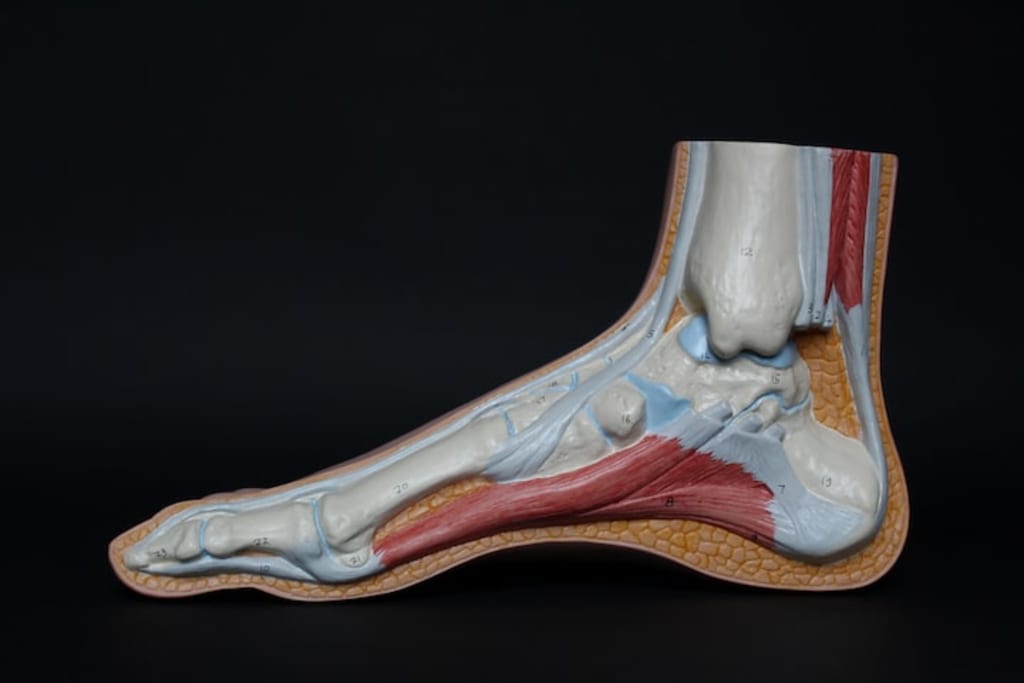The Connection between Cartilage Damage and Osteoarthritis
Cartilage Damage and Osteoarthritis

What is a Cartilage Damage?
Cartilage damage is divided into degrees:
• First-degree (mild, possibly reversible destruction of the structure of cartilage cells);
• Second degree (as a rule, the surface of the cartilage is not damaged);
• Third degree (damage to the macrostructure due to cartilage defect visible to the naked eye);
• Fourth degree (serious damage to the joints with the destruction of the cartilage layer, resulting in partial bone exposure)
Articular cartilage can be damaged through accidents, such as a tear to the anterior cruciate ligament (ACL), or degenerate slowly over time, eventually leading to osteoarthritis. Poor joint alignment, excessive weight, excessive activity, overuse, or injury can all cause the cartilage to wear away.
If the cartilage is damaged or worn, the joint becomes painful and stiff, with a reduced range of movement and the patient needs to see a Cartilage Doctor sooner. The hyaline cartilage can completely wear away in severe osteoarthritis, leaving the affected. Joint without its cushion. This causes the bones to rub against each other.
What is osteoarthritis?
Osteoarthritis is a common middle-aged and elderly chronic arthritis disease in the knee joint. The basic lesion is the degenerative change of articular cartilage as the core, involving the joint margin and subchondral bone, and including all-round, multi-level, and varying degrees of chronic, aseptic inflammatory reactions in the synovium, joint capsule and other structures of the joint Disease, also known as proliferative, hypertrophic or degenerative arthritis. The occurrence of this Disease is related to factors such as aging, obesity, inflammation, trauma, joint overuse, metabolic disorders and genetics. Knee osteoarthritis frequently occurs after middle age and in more women than men. The prevalence rate of this Disease is 10%-17% in the 40-year-old crowd, 50% in the over 60-year-old, and up to 80% in the 75-year-old crowd. The Disease has a certain rate of disability.
Causes of knee osteoarthritis
1. Injuries and overuse: Long-term poor posture, heavy-duty exertion, and being overweight can cause damage to the soft tissue of the knee joint. Common knee joint injuries, including bone, cartilage, ligament, tendon, and meniscus, are also prone to knee osteoarthritis due to the decline or loss of joint protection function.
2. Aging and Aging: With increasing age, the amount of blood supplying joints decreases, causing cartilage dystrophy, cartilage matrix decreases, fibrosis occurs, and articular cartilage becomes rougher, thinner and destroyed day by day. In postmenopausal women, the imbalance of sex hormones exacerbates osteoporosis, resulting in the thinning of subchondral bone trabeculae, and the reduced tolerance to pressure leads to cartilage destruction.
3. Obesity: Obesity can easily cause damage to articular cartilage. The degree of obesity is directly proportional to the incidence of knee osteoarthritis. At the same time, obesity is also an important factor in the aggravation of arthritis. When a person is standing or walking, the knee joint bears the weight of the whole body, and when in a half-squat position, the local pressure on the joint is doubled.
4. Genetic factors: mainly based on worldwide statistics, the joint involvement of people of different races is different, such as osteoarthritis of the hip joint and wrist metacarpal joint, which is more common in old people, but in people of color.
Symptoms and Signs
1. Knee joint pain is the most obvious symptom of knee osteoarthritis. Pain can occur in the front, inside or outside of the knee joint when walking on level ground or going up and down stairs. In the late stage, joint pain may be at rest, which seriously affects work and life.
2. Knee joint swelling, thigh muscle atrophy, varus or valgus deformity of the knee joint.
3. Due to the pain, swelling, and deformity of the knee joint, the normal movement function of the joint is affected, the pain is aggravated during weight-bearing walking, the joint is stiff, the extension and flexion are limited, the range of motion is reduced, and the ability to work and live is reduced.
About the Creator
Aliyan Sardar
A Writer, or Staff Writer, is in charge of expressing ideas through text according to a set of specifications or a particular style.






Comments
There are no comments for this story
Be the first to respond and start the conversation.